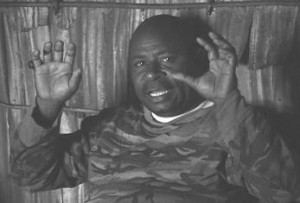How often have I encountered the objections of critics who would dismiss the work of creationist living-pterosaur investigators because of assumed bias! The critics assume that belief in the Bible causes bias. Why not look more carefully?
The scientific works of Isaac Newton are not dismissed because of his belief in the Bible; why dismiss the work of modern cryptozoologists who investigate eyewitness accounts of apparent living pterosaurs? Newton believed in Biblical prophecies, in their literal fulfillments. Most of those who have searched for ropens in Papua New Guinea (including me and my associates Paul Nation, David Woetzel, and Garth Guessman) have faith in literal aspects in Biblical scriptures, including the Flood of Noah. But our interviews of eyewitnesses should not be dismissed with the insipid excuse that we are biased because of our religious beliefs. Almost everyone who has graduated from the diaper stage of life has some religious or pseudo-religious ideas or assumptions about life. We are all human, with various beliefs that may influence our choices. Christians are probably no more biased than non-Christians.
How important that we carefully examine the testimonies of eyewitnesses, for they seem to be of various beliefs and backgrounds! And many of them describe similar things about apparent living pterosaurs. Let us investigate and encourage others to investigate these accounts of apparent living pterosaurs.



